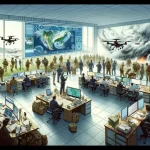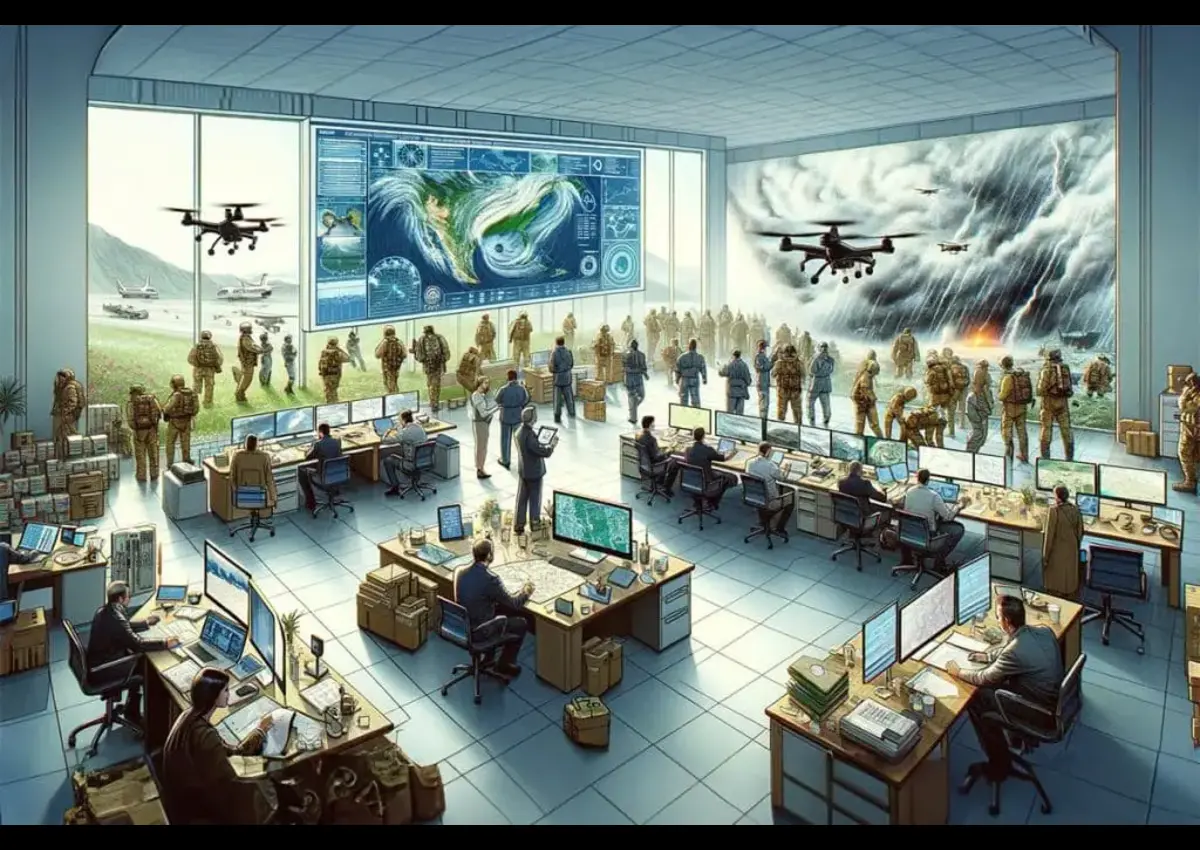Key Takeaways
- First responders are vital in times of crisis, ensuring public safety and providing life-saving care.
- They include firefighters, EMTs, police officers, and search and rescue teams, whose rapid actions drastically affect outcomes.
- Mental health support and ongoing training are essential for first responders’ resilience and preparedness.
- Community engagement and education are essential facets of their responsibility, increasing community-wide preparedness for emergencies.
Table of Contents
- Who Are First Responders?
- Key Responsibilities During Crises
- Training and Preparedness
- Mental Health Considerations
- Community Engagement
- Conclusion
First responders play a crucial role in managing crises, ranging from natural disasters and accidents to public health emergencies. They are often the first to arrive at the scene, providing immediate assistance, assessing risks, and stabilizing situations before additional support arrives. Their actions can mean the difference between life and death, making their work both challenging and vital to community safety and recovery.
To perform effectively under pressure, first responders undergo extensive training to build skills in communication, decision-making, and rapid assessment. Programs such as the Emergency Medical Responder course Texas offer foundational knowledge and hands-on experience in emergency care, equipping individuals with the competence needed to act swiftly and responsibly. Such training ensures that responders can provide critical support, protect lives, and maintain order during unpredictable crises.
Who Are First Responders?
First responders are a diverse group of professionals dedicated to responding rapidly and effectively in emergencies. They include:
- Firefighters: Not only do they combat fires, but they also perform rescues and manage hazardous spills or chemical accidents.
- Emergency Medical Technicians (EMTs): EMTs and paramedics provide urgent medical treatment and stabilize patients for transport to the hospital.
- Police Officers: Tasked with maintaining order, securing crime scenes, and ensuring community safety, police officers are often among the first on scene in all types of crises.
- Search and Rescue (SAR) Teams: Trained to operate in hazardous environments—such as collapsed buildings, wilderness areas, or flooded areas—SAR members locate and retrieve those in need of assistance.
Other specialized responders may include disaster response teams, hazardous material (HazMat) units, and emergency managers, each playing a unique role in complex situations.
Key Responsibilities During Crises
The duties of first responders can vary dramatically based on the type of incident, but typical responsibilities include:
- Rapid Assessment: Responders quickly assess risks and prioritize victims.
- Immediate Medical Care: Evaluate and respond promptly to injured individuals.
- Ensuring Public Safety: Securing hazardous areas and controlling crowds to ensure the safety of all individuals.
- Coordination Across Agencies: Fire, police, EMS, and others collaborate, sharing resources for an effective response.
Their unified approach prevents duplication of effort and streamlines rescue operations. Interagency drills and planning facilitate seamless coordination.
Training and Preparedness
Continuous and comprehensive training is the cornerstone of effective crisis response. First responders undergo regular scenario-based drills, honing skills for active shooter situations, hazardous material containment, mass casualty incidents, and more.
- Technical Mastery: Proficiency with specialized tools, rescue vehicles, and medical equipment is mandatory for each discipline.
- Mental Resilience: Exposure to danger and tragedy highlights the importance of mental health resilience. Peer support networks and professional counseling are often available to help responders cope with stress.
- Adaptability: Every crisis is unique; flexibility and critical thinking are essential for adapting established protocols to unpredictable challenges.
Preparedness programs also extend into the community, where responders teach basic first aid, evacuation procedures, and how to react during disasters.
Mental Health Considerations
First responders experience significant stress, trauma, and danger, which puts them at risk of PTSD, anxiety, and depression. To address this, many agencies now encourage mental health resources, early intervention, debriefings, and peer support to mitigate psychological impacts. Promoting destigmatization of mental health issues aids in building resilience, which is crucial for their effectiveness and job satisfaction.
Community Engagement
First responders enhance their effectiveness by engaging proactively with the community through activities such as policing, fire safety visits, first aid seminars, and disaster drills. These efforts help build trust and improve preparedness. They also equip citizens with practical skills and promote collaboration and shared responsibility for safety. Public outreach encourages an inclusive safety approach where everyone contributes to reducing risks and responds efficiently.
Conclusion
First responders play a vital, multifaceted role in society—one that extends beyond immediate disaster relief to encompass ongoing training, mental health support, and community involvement. Their unwavering commitment and professionalism provide invaluable protection, making them indispensable assets during crises of all types. By supporting their work and learning from their expertise, we can all contribute to safer, more resilient communities.










